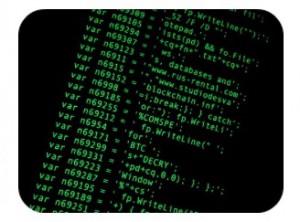 On Tuesday Roman Klimenko headed into his Kiev accounting office for work just like he does every day. A few hours after he opened his tax preparation software, however, something went horribly wrong. “The screen became red,” said Klimenko. “A warning appeared, and everything on the hard drive was scrambled.” In a matter of moments he lost all of his filings from last year.
On Tuesday Roman Klimenko headed into his Kiev accounting office for work just like he does every day. A few hours after he opened his tax preparation software, however, something went horribly wrong. “The screen became red,” said Klimenko. “A warning appeared, and everything on the hard drive was scrambled.” In a matter of moments he lost all of his filings from last year.
This same situation played out across tens of thousands of Ukrainian computers in that same instant. ATMs in Kiev shut down, computers monitoring the nuclear fallout at the old reactor at Chernobyl became disabled, and everywhere from banks to government offices saw their operations slowed as they scrambled to fix the problem. But the threat didn’t stay localized in Ukraine for long: soon the cyberattack spread to the Danish shipping giant Maersk and the American pharmaceutical conglomerate Merck. The hackers even managed to affect an Australian factory owned by the chocolate company Cadbury.
Experts say this latest cyberattack is similar to the ransomware strike that wreaked billions of dollars worth of havoc last month. Both attacks featured red screens that popped up on infected computers demanding that the victim pay a ransom in order to regain access to their files. But investigators aren’t sure if those who paid up actually received their data again. In fact, experts believe this latest attack was simply meant to paralyze Ukraine’s computer systems rather than collect ransoms. “This attack is about disabling how large companies and governments can operate,” said Brian Lord, former deputy director at Great Britain’s Government Communications Headquarters. “You get a double whammy of the initial cyberattack and then organizations being forced to shut down their operations.” This latest incident as well as last month’s ransomware attack demonstrates how even the most powerful companies and organizations can be vulnerable to crippling cyberattacks.
Questions:
- What can companies and governments do to become better protected against cyberattacks?
- How does today’s hyper-connected business environment help cyberattacks quickly spread across the globe?
Sources: Andrew E. Kramer, “Ukraine Cyberattack Was Meant to Paralyze, not Profit, Evidence Shows,” The New York Times, June 28, 2017; Nicole Perlroth, Mark Scott and Sheera Frenkel, “Cyberattack Hits Ukraine Then Spreads Internationally,” The New York Times, June 27, 2017. Photo by Christiaan Colen.
